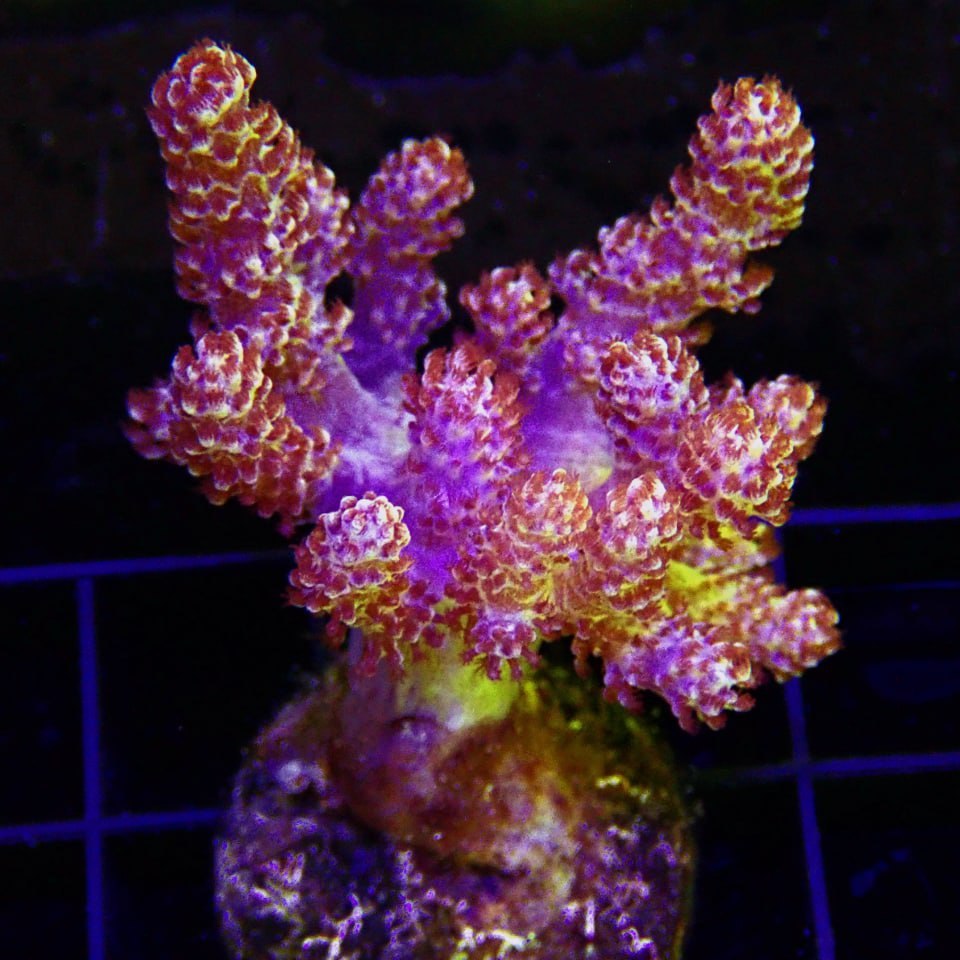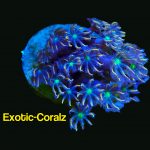- Description
Description
NEON GREEN KENYA TREE CORALS
The Neon Green Kenya Tree coral is a great coral species if you are just starting out or are just starting to get interested in fragging corals (coral propagation). The Kenya Tree coral, Capnella sp., is a hardy soft coral species that is tolerant of a range of living conditions, which makes it great for beginner aquarists. In terms of color, this rapidly growing soft coral species is generally available as a golden/pink colony and in the more rare glowing green coloration. Green Kenya Tree is also sometimes called are called Green Capnella, Cauliflower coral,Green Nephthea, or Green Nephthya.Care level.
It is known to be a quick grower given proper lighting and good water flow. Kenya Tree Corals will grow back from the tiniest little bit of flesh left behind and holds fast to any substrate to which it attaches. Like most “Leather” corals, Capnella will routinely shed a “mucous tunic” to clear itself of algae, debris, etc. This is generally observed by the colony closing for a period of hours to days, followed by a shedding of a thin clear film that may take one to several days to complete.
- temperature: 25-27 °C
- food: zooplankton, light (Zooxanthellae)
Care Level: Intermediate / easy
Lighting: Low -Medium
Placement: Bottom – Middle
Temperament: peaceful
Waterflow: Medium-High
Expect 3 – 4 ” with multi head per frag.
** Photos is for reference of the species only, actual pcs will vary during shipment .
Water Chemistry: It is important that proper calcium (420-440 ppm), alkalinity (8-9.5 dkh – run it 7-8 if you are carbon dosing) , and magnesium levels (1260-1350 ppm) are maintained. Raising magnesium levels gradually up to 1400-1600 ppm can help to combat algae outbreaks, just keep CA and Alk in line as you raise the Mg.
Nitrates should be below 10 ppm and phosphates should be below .10 ppm. We recommend doing a water change when Nitrate levels rise to 10 ppm. It is important to replace your phosphate media when phosphates rise to .10 ppm. Media Reactors make the most efficient use of your phosphate media by fluidizing it.













